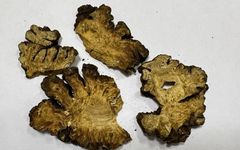Chuanxiong (Rhizoma Chuanxiong) is mentioned in the “Shennong Bencao Jing”.
Chuanxiong Rhizoma
Source and Name Explanation
The dried rhizome of the plant Chuanxiong from the Umbelliferae family, also known as “Qiong (qióng)”.
Effects and Memory Aids
Invigorates blood and promotes qi, expels wind and alleviates pain.
It is pungent and warm, dispersing and entering the blood to move qi, ascending to the head and descending to the blood sea, treating various pains due to blood stasis and qi stagnation, especially suitable for cold conditions. It has been praised by predecessors as the “qi medicine of the blood” (blood medicine of qi: Xiangfu).
It is best for treating headaches associated with wind-cold and blood stasis, and can also be selected according to symptoms for wind-heat, wind-damp, or blood deficiency. Hence, it is said that “headaches do not part from Chuanxiong.”
Main Indications
Chest obstruction and heart pain, stabbing pain in the chest and hypochondrium, pain from falls and bruises, irregular menstruation, dysmenorrhea, abdominal pain from masses, headaches, and rheumatic pain.
Images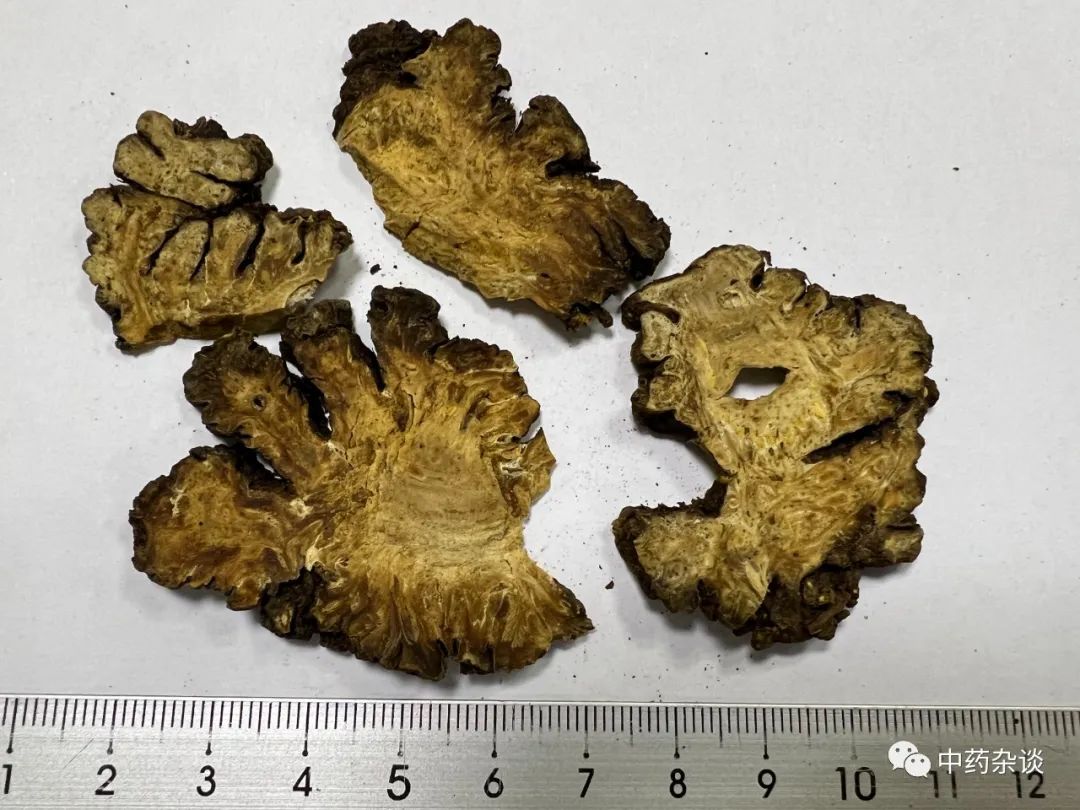
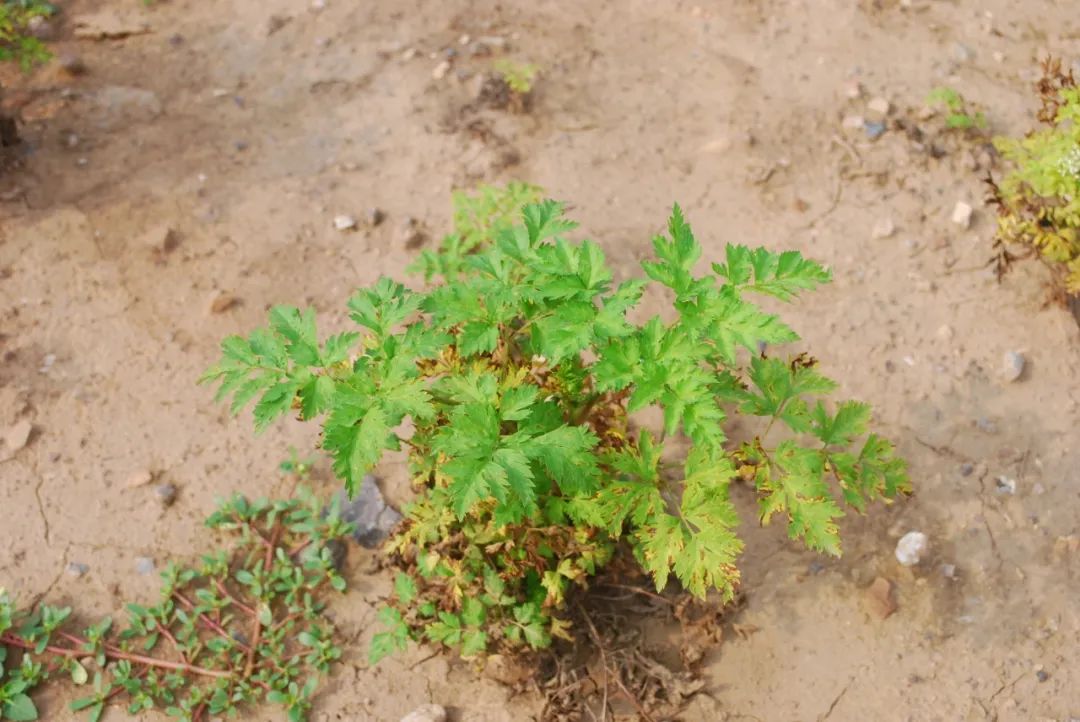
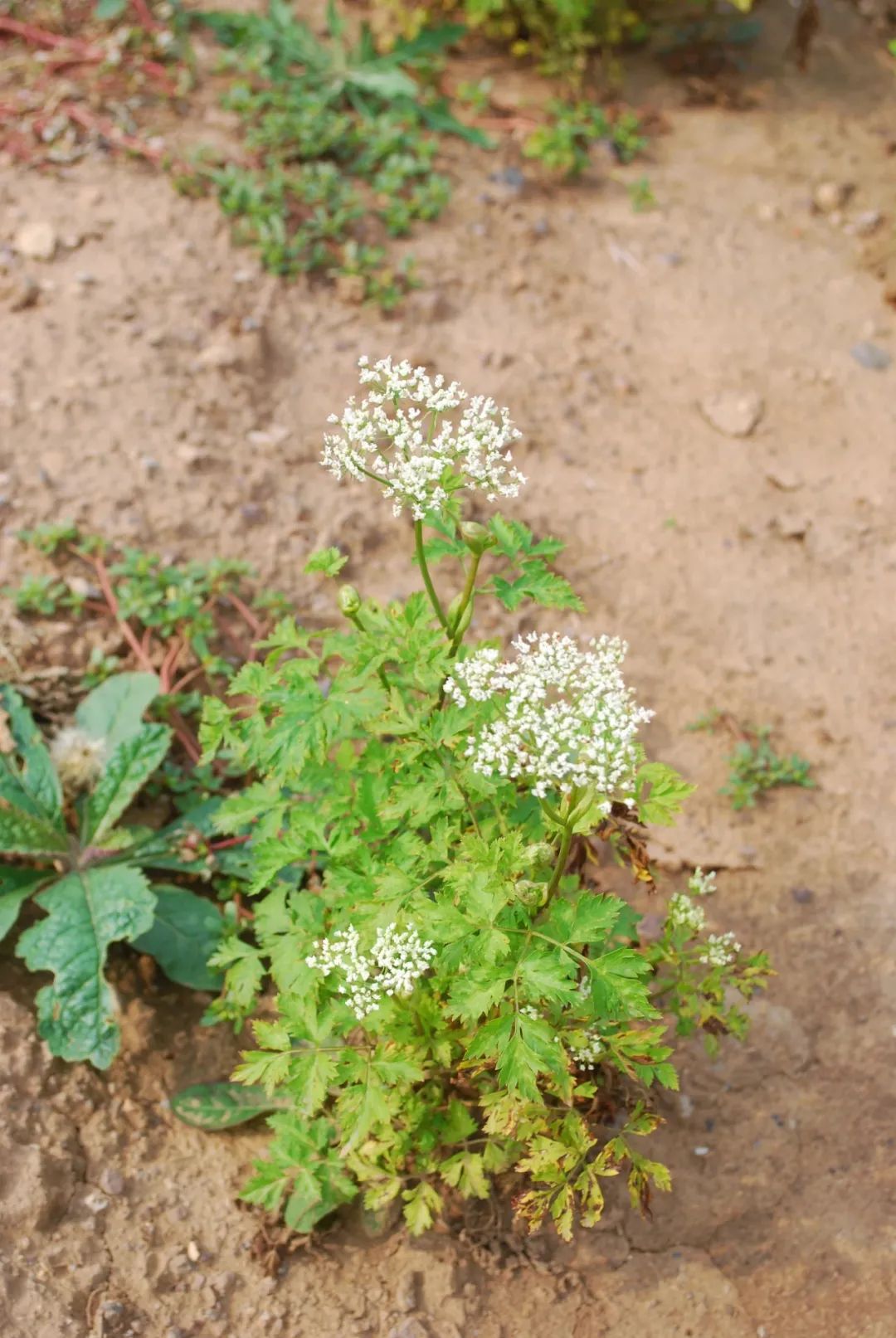
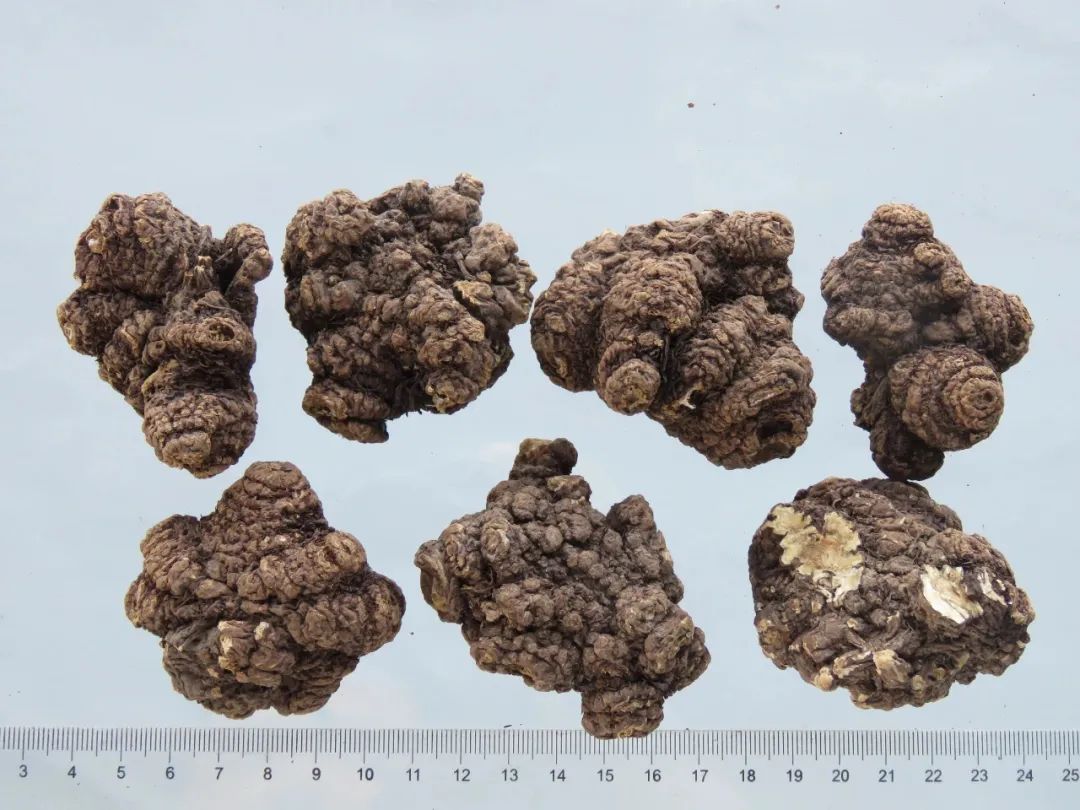 Identification of Characteristics
Identification of Characteristics
Irregular, nodular, fist-shaped clusters, with a diameter of 2-7 cm, the surface is gray-brown or brown, rough and wrinkled, with many parallel raised rings.
The apex has a depressed, round stem scar, and the lower side and rings have many small tuberous root scars. The texture is hard, not easily broken.
Processed Slices
Irregular thick slices, the outer skin is gray-brown or brown, with wrinkled lines, firm texture, strong aroma, bitter, pungent, slightly sweet taste.
The cross-section is yellow-white or gray-yellow, with obvious wavy ring patterns or polygonal textures, scattered yellow-brown oil spots.
Processing Methods
- Chuanxiong: Take the raw material, remove impurities, separate by size, wash clean, soak in water until it can be easily pierced by a fingernail, take out, moisten thoroughly, cut into thin slices, dry, and sift out debris.
- Wine-processed Chuanxiong: Take Chuanxiong slices, mix with a specified amount of yellow wine, let it soak until the wine is absorbed, place in a frying container, heat gently until brown-yellow, take out and cool, sift out debris. (For every 100 kg of Chuanxiong slices, use 10 kg of yellow wine.)
Processing Effects
After wine processing, it enhances the upward movement of the medicine, strengthening the effects of invigorating blood, promoting qi, and alleviating pain.
Harvesting and Processing
Harvest in summer when the stem nodes are significantly prominent and slightly purple, remove soil, sun-dry, then bake, and remove the fibrous roots.
Usage and Precautions
Internal use: decoction, 3-9 g; powdered, 1-1.5 g per dose. External use: appropriate amount, ground into powder for application or decoction for washing.
This product is pungent and warm, so it is not suitable for those with yin deficiency and excess heat, qi deficiency with excessive sweating, qi counterflow with vomiting, excessive menstruation, and hemorrhagic diseases.
FormulasChuanxiong Cha Tiao San (from “Taiping Huimin Heji Ju Fang”): Chuanxiong, Xixin, Baizhi, Qianghuo, Fangfeng, Jingjie, Bohe, Gancao.Functions and Indications: Expels wind and alleviates pain, used for headaches due to external wind invasion, or with chills, fever, and nasal congestion.
Chuanxiong, originally referred to as Qiong in the “Shennong Bencao Jing”, is produced in Sichuan and is called Chuanqiong. Over time, it has been commonly referred to as Chuanxiong due to its recognition as a genuine medicinal material by practitioners.
Besides the four varieties produced in Sichuan, there are others from different regions, but their quality varies slightly. The Sichuan variety is larger, meatier, and has a rich oil content and aromatic quality, thus considered the best quality, also known as Daqingxiong, Daxiong, Zheng Chuanxiong, or Zhen Chuanxiong, emphasizing the quality of genuine medicinal slices.
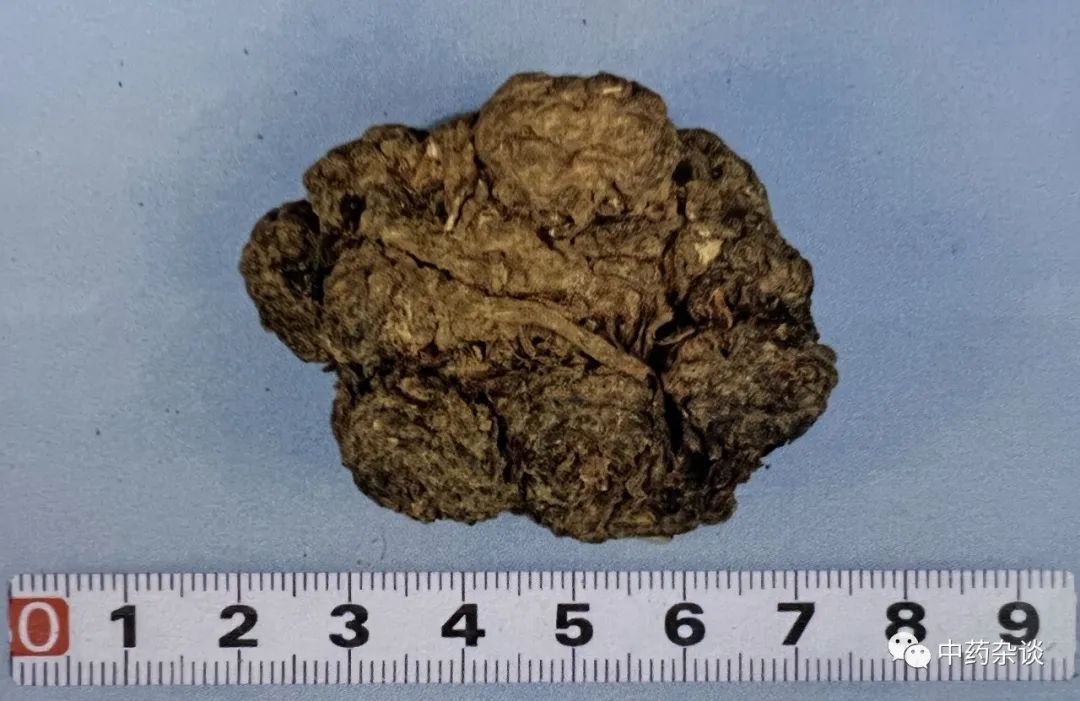
Source: General Principles of Chinese Medicine Identification
Chuanxiong from Jiangxi is called Fuxiong, also known as Xifuxiong. Some believe that Fuxiong refers to immature rhizomes used as propagation seedlings during the cultivation of Chuanxiong, mostly harvested 2 to 4 months before the harvest period, hence also called Chuanfuxiong or Fuchuanxiong. As for Xiaofuxiong, it refers to those produced in Jiangxi that are smaller in size, with inferior color and aroma compared to Chuanxiong, lighter and less oily. Locally, it is often used for tea, hence Xiaofuxiong is also colloquially known as “Tea Xiong,” which has the function of expelling wind and alleviating pain, but its ability to invigorate blood and promote qi is weaker, mostly used for treating colds and headaches.
Related Discussions
“Qiong, the medicine of qi in the blood, is suitable for those with blood deficiency due to liver pain, hence it is beneficial for blood deficiency; it disperses, hence it is suitable for those with qi stagnation.” (from Bencao Gangmu).
“In ancient formulas, Qiong was used alone to treat oral diseases, and in modern times, it is sometimes mixed with honey to form large pills for oral administration, which is particularly effective for wind diseases.” (from Bencao Tujing).
“Chuanxiong, its nature is good at dispersing, and it travels through the liver channel, being the medicine of qi in the blood. While both Qiong and Chuan are blood medicines, Chuan’s dispersing action is stronger than Qiong’s, hence it can disperse wind-cold, treat headaches, break up stasis, open blood vessels, resolve qi stagnation, alleviate pain, expel pus and reduce swelling, and promote blood circulation.” (from Bencao Zhengyi).
▼Previous Highlights▼
The Correct Way to Brew Chinese Medicine, Are You Doing It Right?
After reading this article, everyone will be able to use Chinese medicine appropriately.
Bai Tou Weng、Wei Ling Xian、Fang Ji、Wu Yao、Xi Xin、Yan Hu Suo、Ban Lan Gen、Di Yu、Ku Shen、Shan Dou Gen、Huang Qi、Yuan Zhi、Gan Cao、Ge Gen、Chai Hu、Fang Feng、Bai Zhi、Gan Sui、Gao Ben、San Qi
Warm Reminder: Please follow medical advice when using Chinese medicine, do not self-medicate!

